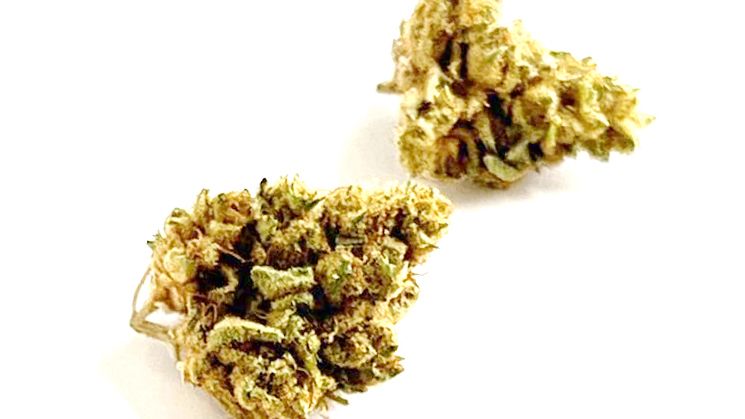Cannabis and Exercise: How Cannabis Impacts Your Workout

As cannabis continues to gain popularity, some fitness enthusiasts are incorporating it into their workout routines, either to enhance focus, aid in recovery, or manage pain. But what effect does cannabis actually have on exercise, and how might it influence hormone levels, such as testosterone and estrogen, that play a key role in physical performance?
Cannabis and Exercise Performance
Cannabis impacts the body through the endocannabinoid system (ECS), which regulates functions like mood, appetite, and pain response. Some users report that cannabis helps them stay focused and motivated during workouts, especially when using low-THC sativa strains that can provide an energizing effect. This effect may aid in endurance activities like running or cycling. On the other hand, higher-THC strains are generally linked to relaxation and may be more useful for post-workout recovery rather than during intense physical exertion.
A 2022 study in the Journal of Cannabis and Cannabinoid Research found that nearly 25% of cannabis users reported an improvement in exercise motivation and enjoyment when consuming cannabis before or after workouts. This suggests that cannabis may have an indirect benefit by increasing exercise adherence among certain users.
Pain Management and Recovery
Cannabis, particularly CBD (cannabidiol), is increasingly used for pain management and recovery. CBD’s anti-inflammatory properties make it a popular choice for reducing muscle soreness after a strenuous workout, allowing for quicker recovery. Additionally, THC (tetrahydrocannabinol) has been shown to have mild analgesic effects, which may help reduce muscle pain and tension after exercise.
Effects on Testosterone and Estrogen Levels
The relationship between cannabis and hormone levels like testosterone and estrogen is complex and still under research. Some studies suggest that chronic cannabis use might lead to a slight decrease in testosterone levels, although these findings are often based on high-dose or frequent use. A 2023 study published in Endocrine Reviews reported that regular high-dose cannabis consumption was linked to a 3-5% decrease in testosterone among male users, though occasional use seemed to have minimal impact on hormone levels.
For women, cannabis use does not appear to have a significant impact on estrogen levels in most cases. However, some research has suggested that cannabis may affect reproductive hormones by interacting with the ECS. More research is needed to fully understand these effects, particularly among active individuals who may metabolize cannabis differently due to their physical activity.
Cannabis Use for Different Workout Goals
If your primary focus is on building muscle and maintaining optimal hormone levels, it may be wise to approach cannabis use cautiously, especially in high doses. However, for those prioritizing recovery, flexibility, or endurance, moderate cannabis use, particularly high-CBD products, may be beneficial.
Final Thoughts
Cannabis may enhance exercise enjoyment, support recovery, and offer pain relief for some, though effects on performance and hormones are still being studied. If you’re interested in incorporating cannabis into your workout routine, consider starting with small doses and consulting with a healthcare professional, especially if you’re focused on specific fitness goals or have concerns about hormone levels.


